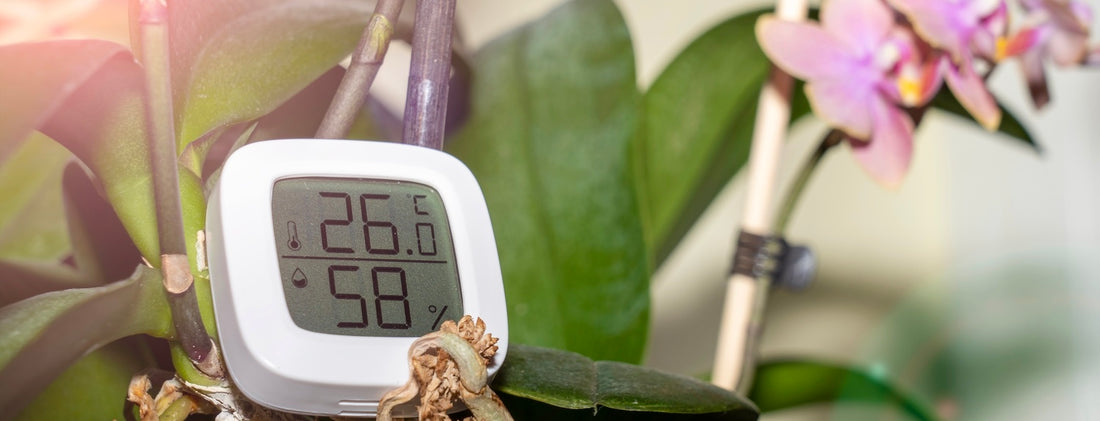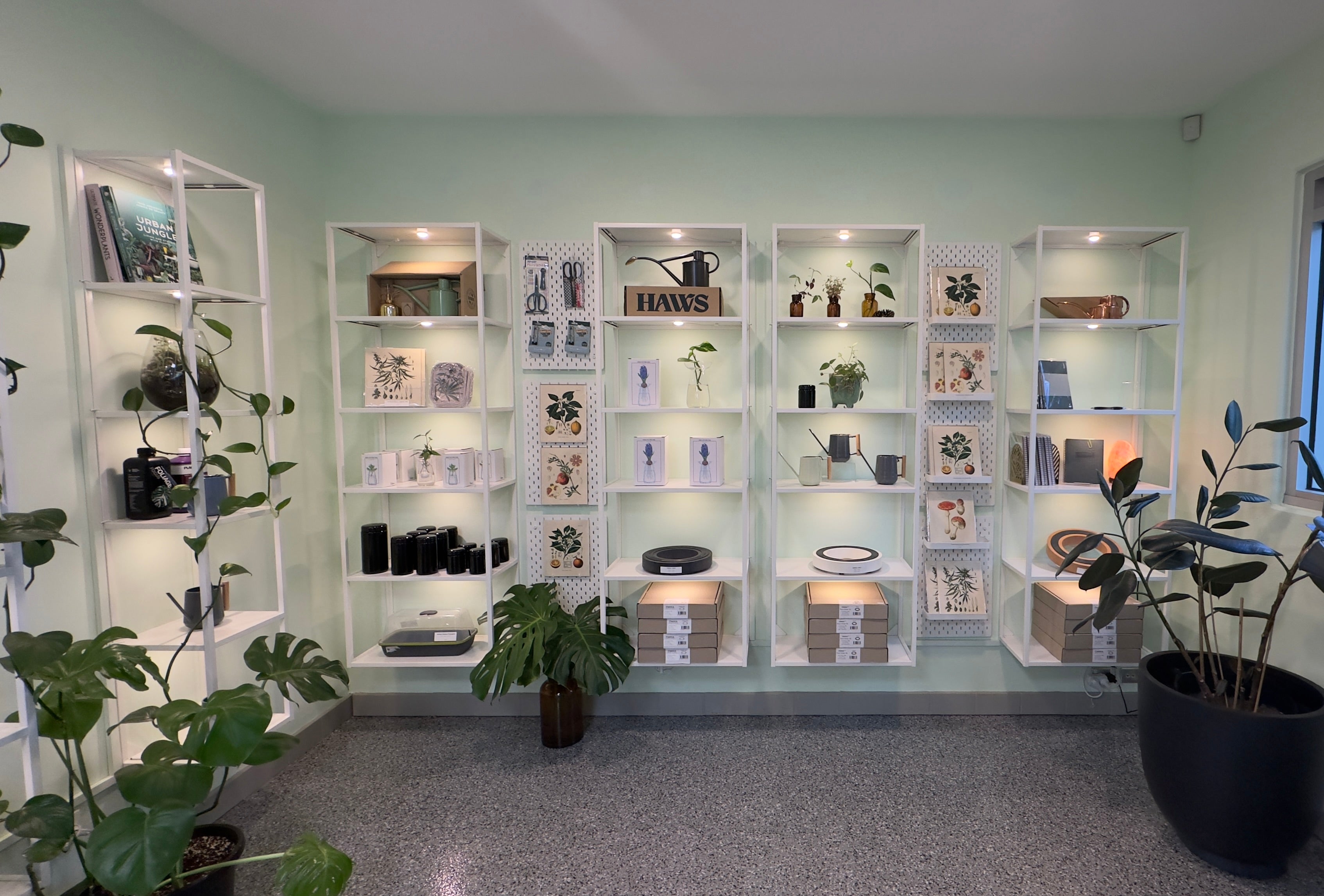To correctly calculate the VPD of your growing space you will need the following information:
- Ambient environmental temperature
- Relative humidity
- Leaf surface temperature
- Canopy level temperature
First, find your saturated vapour pressure (SVP) for a specific temperature.
|
TEMP DEG/C |
SVP |
|
0 |
611 |
|
1 |
657 |
|
2 |
706 |
|
3 |
758 |
|
4 |
813 |
|
5 |
872 |
|
6 |
935 |
|
7 |
1002 |
|
8 |
1073 |
|
9 |
1148 |
|
10 |
1228 |
|
11 |
1312 |
|
12 |
1402 |
|
13 |
1497 |
|
14 |
1598 |
|
15 |
1705 |
|
16 |
1818 |
|
17 |
1937 |
|
18 |
2064 |
|
19 |
2197 |
|
20 |
2338 |
|
21 |
2486 |
|
22 |
2643 |
|
23 |
2809 |
|
24 |
2983 |
|
25 |
3167 |
|
26 |
3361 |
|
27 |
3565 |
|
28 |
3779 |
|
29 |
4005 |
|
30 |
4242 |
|
31 |
4492 |
|
32 |
4754 |
|
33 |
5029 |
|
34 |
5318 |
|
35 |
5621 |
|
36 |
5940 |
|
37 |
6273 |
|
38 |
6623 |
|
39 |
6990 |
|
40 |
7374 |
|
41 |
7776 |
From the information above we can now compute saturation pressure.

Saturation pressure can be looked up using a Psychrometric Chart or calculating via the Arrhenius equation.
The reason growers would want this information, is because it is the measure of the drying power of the air. This directly impacts transpiration rates and water movement within the plant.
It also allows a grower to correctly calculate how much airflow is needed per environment and by maintaining stability with RH and temp an accurate SVP can be achieved.
As VPD is the saturated vapour pressure minus the actual vapour pressure (SVP - VPactual) and VPactual = (RH*SVP)/100
We may apply the formula:
VPD = (100 - RH / 100)) *SVP)
Alternatively, VPD = (1 - (RH/100)) *SVP)
(RH) is relative humidity and (SVP) is saturated vapour pressure
*For example, take 80% (RH) at 25 C. From the list above, SVP = 3167 Pa
100-RH = 20
20/100 = 0.2
0.2 * 3167 = 633.4 pascals (Pa)
Note: for convenience VPD may be given in kilopascals (kPa).
For this example, 0.6334 kPa.





